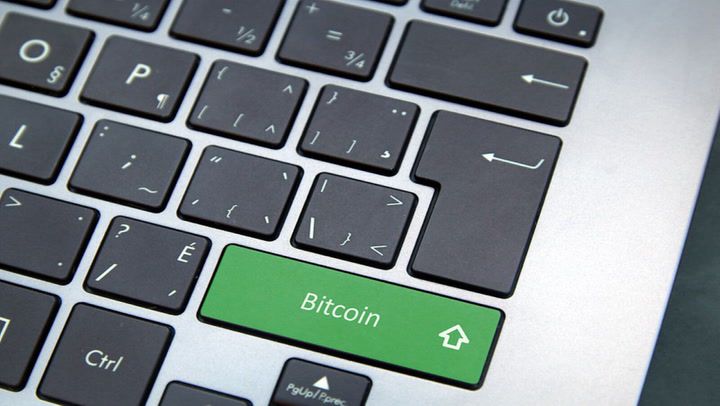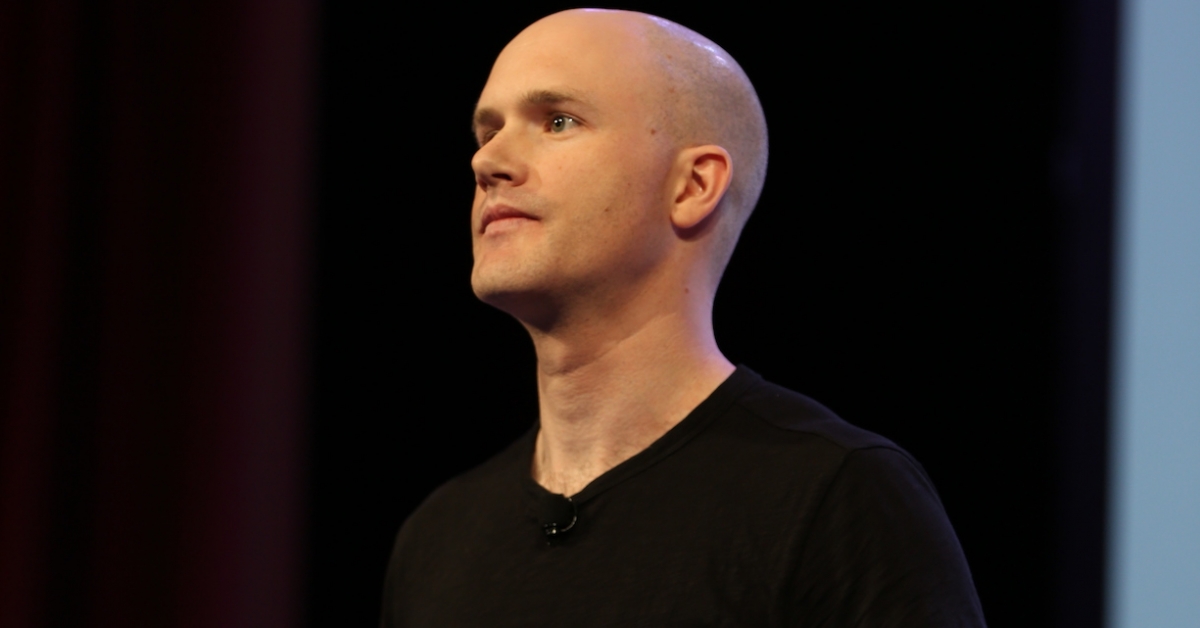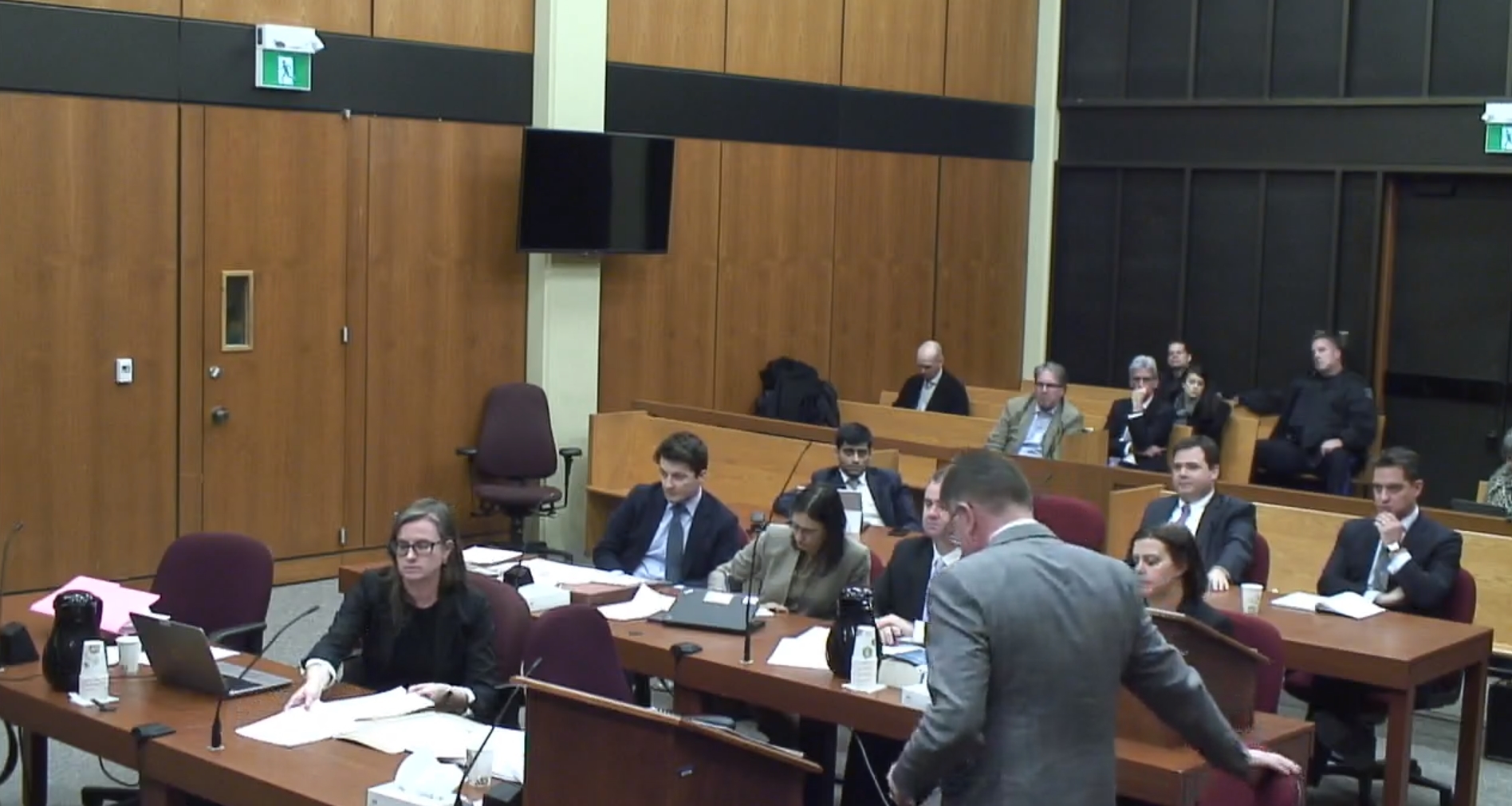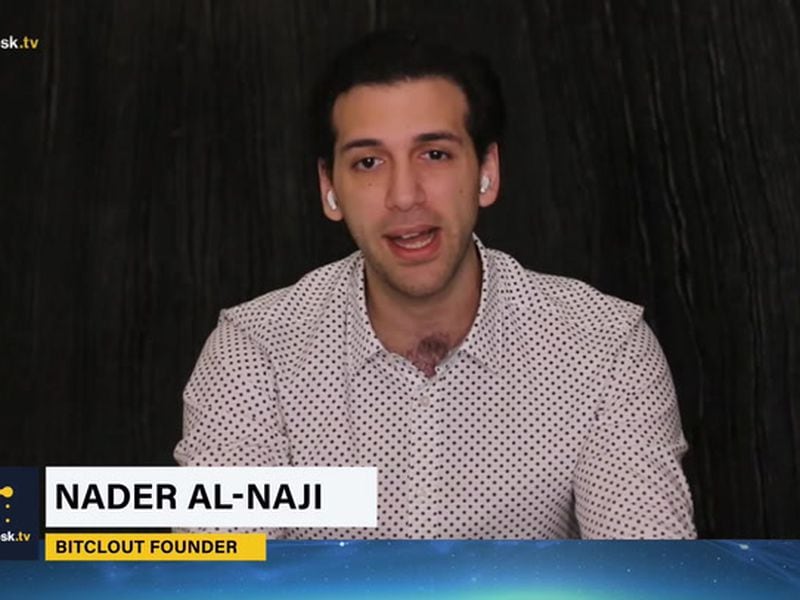2017 to Today: Ethereum Predictions Are Aging (But Not Well)
Alex Sunnarborg is a founding member of Tetras Capital Partners, LLC, an investment manager focused on investing in crypto assets.
Eighteen months ago, CoinDesk sent a survey to its readers asking for their opinions on the current state of the crypto ecosystem. The results were analyzed and published in the State of Blockchain Q1 2017. In this piece, the original author reflects on some of the core findings.
The most striking survey response was also the most straightforward to understand: sentiment around the ‘overall state’ of bitcoin and ethereum.
Less than 5 percent of those surveyed in Q1 2017 felt even slightly negative about the overall state of ethereum. The sentiment and optimism could have hardly been any higher.

Network Data: Then and Now
At the time, the number of transactions on the ethereum network was rising.
Transactions on the bitcoin network were rising as well, but the magnitude of growth was less dramatic, and bitcoin blocks had started to average over 90 percent capacity.
Demand for bitcoin block space lead transaction fees to average north of $1 for the first time ever while ethereum’s fees averaged less than $0.05.

It was clear that transaction fees were a large component of the negativity that survey participants felt when asked about bitcoin.

In the 18 months since, we’ve seen the rollout and initial usage of both SegWit and Lightning Network to help address bitcoin scaling, but the block limit kept the on-chain transaction count bounded under about 400,000 per day. Without the same limitations, we saw ethereum’s transactional count exceed 1m per day in late 2017.
During that period, we saw ethereum’s average transaction fee exceed $1, but also watched bitcoin’s pass $50.

When block space is abundant and transaction fees are low, high transaction counts are easy to achieve, useful or not (similar to concerns around trading volumes on zero-fee exchanges).
Analysis has now been done that claims that one mixing system comprised over 60 percent of all ETH transaction volume between February 2017 and February 2018.

Dapps and ICOs
Ethereum had the largest ICO to date in July 2014 and the genesis block was created a year later in July 2015.
In the year between the ICO and mainnet launch, many projects were experimenting with creating early dapps, including Augur, launching a smart contract on the ethereum test net in April 2015.
Many in the community loved the idea of a decentralized prediction market, and in late 2015, Augur used the ICO model to raise $5 million to continue to build out their platform. The Augur ICO was for REP, a token which allows holders to act as oracles to settle markets after the fact in exchange for a percentage of the total amount bet.
Users do not have to own REP and can bet in ETH, a more interesting token design for REP in my opinion than an approach some dapps have taken by introducing a new required currency within their ecosystem.
By Q1 2017, hundreds of dapp ideas and token mechanisms that are irrefutably worse had been funded, and soon venture capitalists had been replaced by the global retail public via ICOs as the preferred and dominant form of early stage fundraising in crypto.
The community was clearly enthusiastic and willing to fund any new decentralized, tokenized attempt to compete with existing industries and companies.

Not only were participants optimistic about the future of Ethereum and its dapp ecosystem, but they also claimed to very positive about their current state.
I believe Augur is great example of the chasm that has become more clear between expectations and reality. As stated, Augur launched an early, test version of their product before Ethereum actually launched. Augur’s actual launch just happened just 3 months ago in July 2018, over 3 years later. In the last 24 hours, Augur has had less than 50 users, 106 transactions, and about $10,000 in volume.
At dapp number 48 out of 970 when ranked by users, Augur’s minimal usage metrics are not an outlier among ethereum dapps. The top used Ethereum dapps remain decentralized exchanges and games and no dapps had over 2,000 users or 10,000 transactions within the last 24 hours.
 Despite new dapps launching, global dapp activity has remained relatively flat over the last year, never exceeding 50,000 users.
Despite new dapps launching, global dapp activity has remained relatively flat over the last year, never exceeding 50,000 users.

When comparing the usage of dapps across platforms, you can quickly find alternative ecosystems like EOS that are currently displaying more usage than ethereum. The weaknesses in comparing dapp metrics across platforms like ethereum and EOS have many parallels to the comparisons made earlier between transaction counts across bitcoin and ethereum.
Casper and Ethereum’s Move to Proof of Stake
Since inception, one of the most critical, protocol level events on the Ethereum roadmap has been the shift from a Proof of Work consensus and security model to Proof of Stake. In June 2016, Vitalik predicted this shift would occur in early 2017.

Data source
In Q1 2017, Casper was not live, but the community was quite optimistic it would at least be live by today.

Eighty-three percent were wrong, it’s now Q4 2018 and proof-of-stake is not live on Ethereum. Casper research remains ongoing.
Scaling with Layer-two Networks
Bitcoin, ethereum, and nearly every blockchain project is researching scaling the network through layer-two networks. In Q1 2017, 87 percent of the community thought that Raiden would be live on ethereum by the end of 2018, while 69% thought Lightning would be live on bitcoin.

Bitcoin now has over 10,000 Lightning channels, while Raiden is not live on Eehereum’s main net (and now has a token, RDN, which had an ICO). Ethereum dapps including Funfair and Spankchain have however built dapp-specific scaling solutions and research on generalized state channels is ongoing by several parties.
Public Attention and Growth
In many of the easiest ways to measure however, participants were largely right to be bullish.
After the price of ETH spent much of 2016 above $10, the price of ether was back under $10 in Q1 2017 and global Google search interest was down following the chaos of The DAO and ETC.
- In March 2017, ETH’s price set an ATH of $50.
- In June 2017, search interest exploded and ETH’s price hit $400.
- In January 2018, search interest surged once again, and at the peak of the bull market, ETH hit $1,400.
If you had bought ETH (with dollars) at any point between the ICO and mid-January 2018, you would have had a profitable trade (if you sold at the top). If you bought in the ICO (at $0.31), you would have returned 451,500 percent (better than equity in Coinbase today at a $8 billion valuation compared to its $4 million seed round, and ETH with public market liquidity).
ETH has undoubtedly been a historic investment opportunity. Compared to many traditional and even crypto asset alternatives, it has often outperformed.
On many time scales however, including in 2018’s bear market (2014’s which it wasn’t around to experience), it has actually severely underperformed.
Both holding $ (as many ICO treasuries now realize they should have done) or even BTC would have been vastly superior strategies in 2018.

In conclusion
Ethereum has clearly fallen short of technical expectations over the last 18 months.
In all reality, the bar of expectations was simply set far too high by un-savvy retail investors with dollars and tokens in their eyes. The Q2 2017 survey article alluding to the inevitable pop that Spongebob saw coming from stupid inflated tokens was also simply bound to happen.
Perhaps we should be thankful it happened quickly within the last 18 months and now we can enter a period like 2014 and 2015 where there is more focus on building than trading (or at a minimum it can help filter out the good traders from those who good lucky with ‘diversified exposure’ in a bull market).
Much like bitcoin companies benefited from the building heavy period of 2014 and 2015, hopefully ethereum and its dapps can benefit heavily in the coming years from the tech built in 2018’s bear market. Hopefully the price depreciation and forthcoming ICO regulatory actions will further help shape the design of the next wave of projects, fundraisers, and token mechanisms.
To see the contrast between Q1 2017 sentiment and today, help CoinDesk Research by taking the Q3 2018 sentiment survey.
Disclaimer: The author has short exposure to ether, with rationale described in this thesis. Disclaimer.
Rusty ether image via Shutterstock
The leader in blockchain news, CoinDesk is a media outlet that strives for the highest journalistic standards and abides by a strict set of editorial policies. CoinDesk is an independent operating subsidiary of Digital Currency Group, which invests in cryptocurrencies and blockchain startups.








